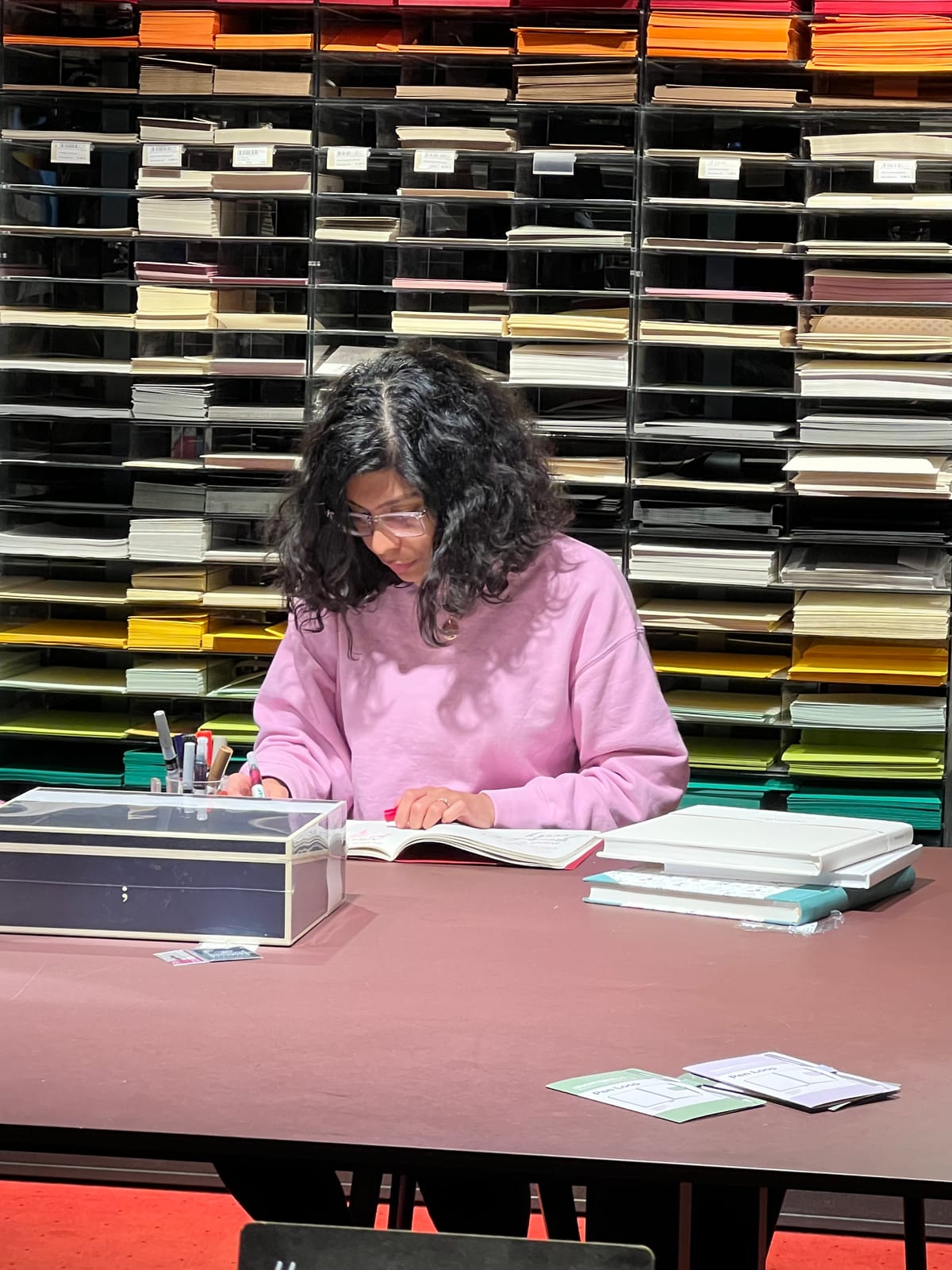The physical act of writing
'Handwriting like print'—write one page a day by copying a news piece from your local paper on to your notebook. Adhere to the exact shape, size and weight of the font on the newspaper.

In school, we were tasked with an assignment for the summer holidays. 'Handwrite like print'—write one page a day by copying a news piece from the newspaper on to your notebook. Adhere to the exact shape, size and weight of the font on the newspaper. English is one of India's official languages and English newspapers were common, because, hey, we were colonised.
Each day after breakfast, I would sit on the dining table chair, scour the newspaper and pick the shortest news material. I'd then sharpen my pencils, keep my eraser ready, and carefully etch the words and transfer the news from the newspaper on to my notebook. Even as a 10 year old, the assignment felt unique and ridiculous, because until then, I only knew about 'cursive writing' and how it aided hand-eye coordination in young children.
I was filled with questions: Who copies printed words as is? Isn’t that why we have printers and photocopy machines? Why are we competing with a machine?
Simultaneously, I was being trained to write in cursive by my grandmother, an English teacher and a retired school principal. My brain, heart and mind did both with utmost concentration because it developed a fervid interest and an undying curiosity to keep trying, even if I failed. At the end of the page, my grandmother would inspect my print transfer and give it a go. But she would scrutinise my cursive handwriting and offer constructive feedback. That’s how I knew she was winging the print writing inspection. Looks like it was unique and confusing to both parties—neither being able to mention it to the other.
When school reopened, most had an improved handwriting, but many had slipped into a realm that was a mix of print and cursive writing. I completely ditched the print handwriting. It helped that there was no handwriting rule at school. I recently got to know that the 'print handwriting' is and was, a real exercise rooted in 'being professional', since cursive is harder to read. Cursive is definitely harder to read (sometimes I can't read my own!)—and more so for someone with a reading disability. Knowing this has helped me understand different perspectives. But mostly, it makes me question why I didn’t know this earlier.
Now I see businesses selling handwriting courses that teach one how to hold a pen, and people questioning it since we have keyboards, phones, digital pencils and tablets to do the same jobs, and most of life as we know it now is digital, or digitised.
Neither is wrong *pets a printer*.
I get through thick A4 notebooks in a week or two, for I love the act of writing, and enjoy listening to the soft scratch of pen moving on paper, watching loops turn into words and sit there like a piece of art. It's calming, grounding, and more importantly a way to get all my thoughts out in one go—sometimes making way for stories buried deep in my psyche.
What about you? Do you handwrite, handprint, type or use a digital pen?
